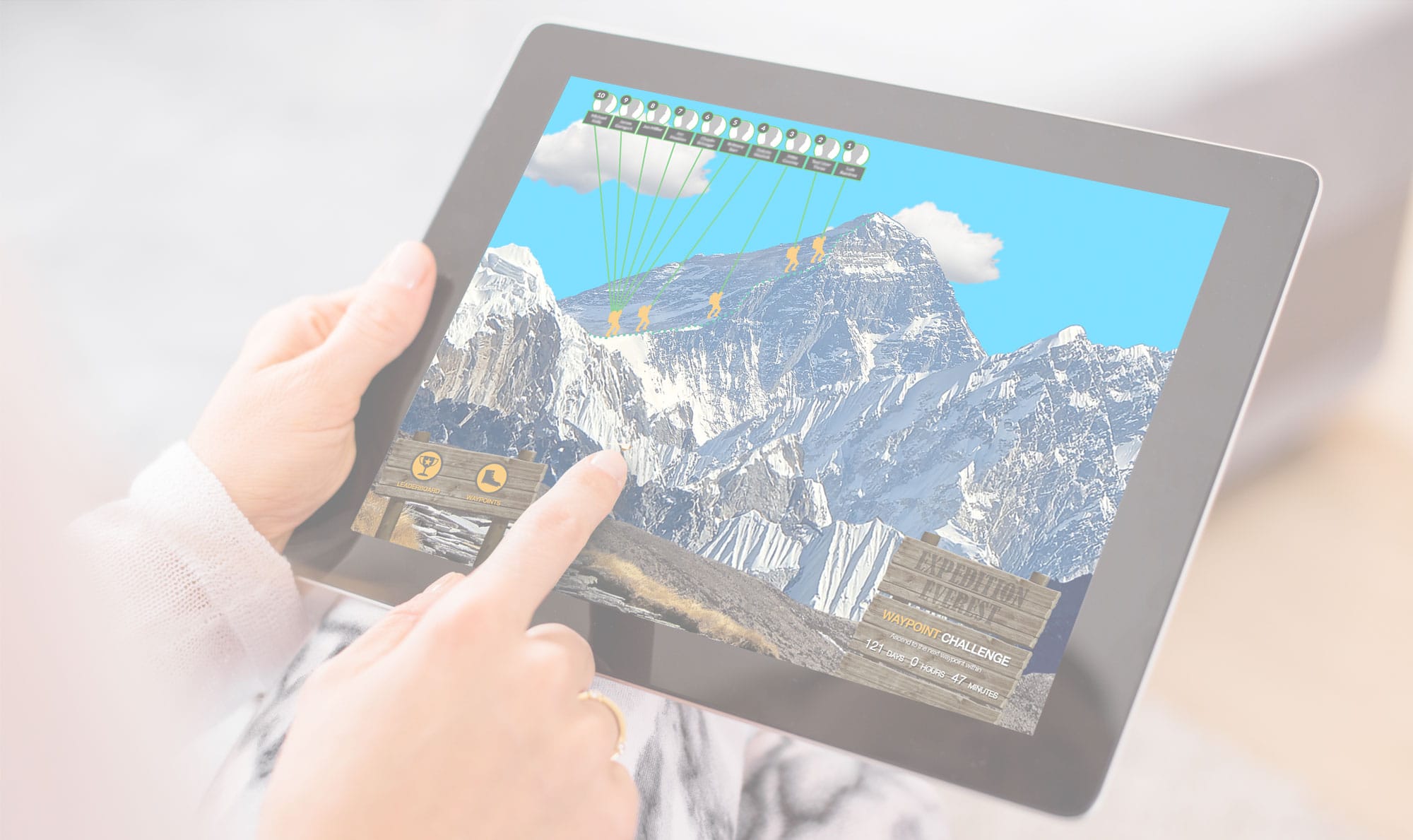By Jon Madden
Managing Partner
President and Chief Financial Officer
The practice of applying game design concepts to learning situations—commonly called gamification—will continue as one of the most influential innovations shaping adult learning. However, some people are skeptical about gamification as a learning tool. Even those who use or participate in gamified trainings may not understand why it’s effective.
Let me explain why we at Encompass have chosen to leverage gamification as a reinforcement tool within the learning journeys we design.
1: Gamification Is Adaptable
Gamification offers an experience that is both universal and personal. While learners will likely be familiar with the concept and format of a game (for example, a scavenger hunt or a virtual quiz show), the content is micro-focused on their business needs and culture. In fact, gamified elements can be applied to just about any non-game-related content or task, such as onboarding, sales training, product knowledge, or compliance. The result is an experience that is inviting and boosts participation, while also being challenging. This is what makes the learning experience memorable.
2: Gamification Is Mobile
Mobile gamification is fun, fast, and portable, providing learners the freedom to complete it wherever and whenever it’s most convenient. This allows managers to reinforce training without having to pull their teams from the field and results in increased participation and improved outcomes.
In a 2018 TalentLMS Gamification at Work Survey, 87% of respondents agreed that gamification makes them more productive.1 In addition, nearly a quarter of all purchases on the Apple App Store—more than for any other category—are for mobile games.2 With these numbers in mind, we easily saw how the transition from playing Candy Crush to playing a training-focused game wasn’t a stretch.
3: Gamification Motivates Learners
Learners inherently like games due to the tension between challenge and reward. By tapping into this intrinsic behavior, gamification motivates learners in a number of ways.
- By recognizing achievement: Through points, badges, or checkpoints, gamification provides learners with incentives to complete programs and stay alert to the release of new trainings.
- By providing instant feedback: Learners are motivated question-to-question to do their best.
- By giving learners control over when they complete a training game: Gamification increases learner confidence, which translates into an increase in training participation.
Also, when incorporated, leaderboards provide a powerful incentive for learners to excel. (Never discount bragging rights!)
4: Gamification Provides Real-time Insights for Managers
Gamified trainings improve managers’ abilities to assess, evaluate, and improve training effectiveness in real time. Data collected through learner responses and leaderboards equip managers with instant insight into individual and team knowledge and skill gaps. Course correction, additional training content, and coaching sessions can then be quickly implemented to patch gaps and boost success.
5: Gamification Is Effective
Maybe the most convincing reason to employ gamification is that it’s rooted in established design theories, including the ARCS (Attention, Relevance, Confidence, Satisfaction) Model of Motivational Design. ARCS tactics and strategies are scientifically proven to increase learner motivation. Elements of ARCS found in gamification include variability, goal orientation, and consequences.
As a recent Georgia Southern University study concludes, the use of “very brief retrieval quizzes enhanced retention of previously tested materials by as much as 40 percent.”3 These types of quizzes, which help gather content into digestible slices, are at the heart of most gamification trainings.
Making Gamification Work for You
Keep in mind that not all gamification is equally instructive. The way games are designed and implemented makes a difference in how training is received by users and how significant an impact it will have.4 Be sure to work with a vendor who understands your needs and customizes your gamification experience based on those needs. Also, wrap the initiative in a communications campaign to ensure your learners understand how to download and access the module, what to expect during the learning experience, and what’s expected of them in completing it.
At first glance, gamification may seem too fun to be effective. In fact, gamification is effective because it’s fun.
References
- Zoe E. The 2018 Gamification at Work Survey. TalentLMS website. https://www.tacom/blog/gamification-survey-results/?aff=eli&utm_campaign=elearningindustry.com&utm_source=%2Ftop-gamification-statistics-and-facts-for-2015&utm_medium=link. Published July 2018. Accessed October 12, 2018.
- Growth Engineering. Mobile Learning and the Future of L&D. https://eleacom/free-ebooks/mobile-learning-future-of-learning-and-development. Accessed October 12, 2018.
- Kapp K. Gamification: Separating fact from fiction. Chief Learning Officer. http://ww.w.cedma-europe.org/newsletter%20articles/Clomedia/Gamification%20-%20Separating%20Fact%20from%20Fiction%20(Mar%2014).pdf. Published March 2014. Accessed October 12, 2018.
- Gamification: Powering up or game over? Knowledge@Wharton website. http://knowledge.wharton.upenn.edu/article/gamification-powering-game/. Published February 11, 2014. Accessed October 12, 2018.
Jon Madden founded Encompass in 2010 and brings more than 15 years of experience in the pharmaceutical and healthcare industries to our clients. Leveraging proven tactics in instructional design, Jon advises customer leadership on transforming thought and action for their teams. Jon is the recipient of numerous Excellence Awards, Leadership Awards, and Circle of Excellence Awards in the life sciences industry.


